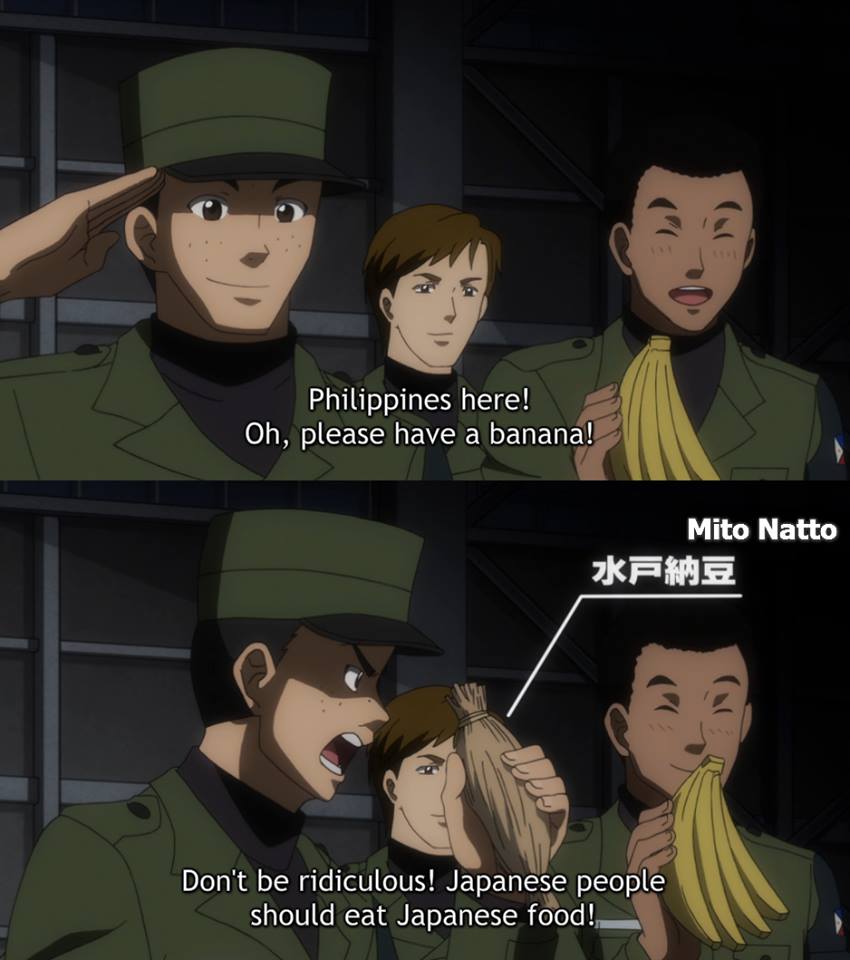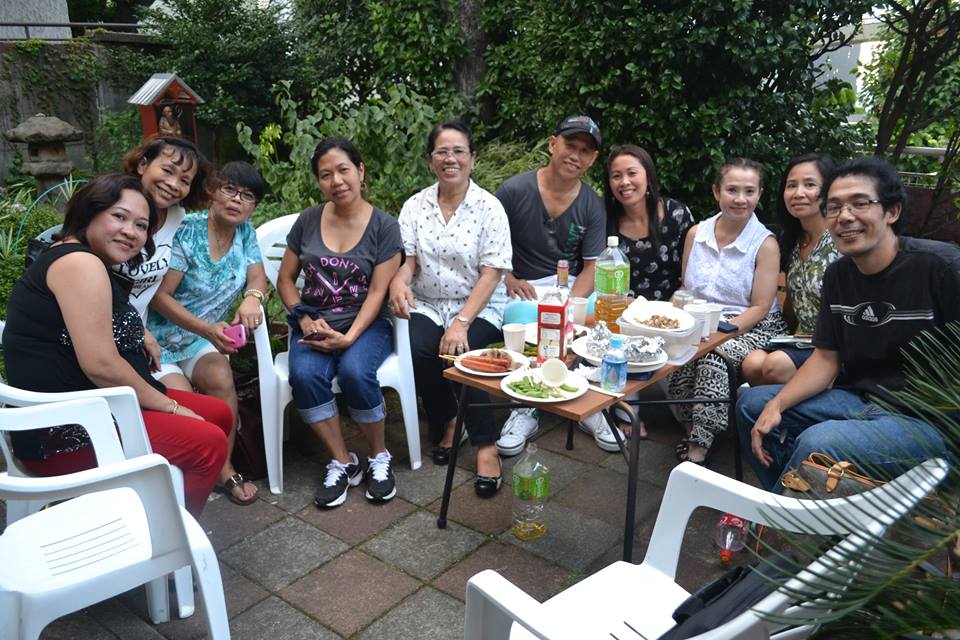There's three places that you'll find Pilipinos: churches, casinos, and hospitals.
It was a saying that my fellow Fil-Am friend would say whenever we welcome a new member of our little Pilipino community in Sapporo. Of course it sounds very general but I couldn't say that we were helping fight the stereotype: we were a group that hung out after the English mass at Sapporo Cathedral. In my senior year of high school, I had the opportunity to study abroad in Japan. Eight years have since passed and I've made an effort to visit while on my way in our out of the Philippines but it took me that long until I would return for something more than an the likes of an errand run at Akihabara. While it took longer than I anticipated, I returned with a perspective that has since overcome most of an identity crises, was widened by my travels but still eager to engage with and learn more from the Pilipino-Japanese community.
Unlike eight years ago, my stay this time around lasted only three weeks. For most, it'd look like an extended vacation perfect enough to do a Japan Rail Pass but for me it ended up being a short internship with a small start-up preparing university students for the post-graduate life. During my time with the start-up, I couldn't help but notice a trend amongst English-speaking students and even one of my colleagues: they took ESL programs in the Philippines. When I first lived in Japan, I remember the Department of Tourism promoting the growth of English schools as a way to help increase foreign visitors to the country and while the initiative seems proportionally more well-known for Koreans looking for cheaper immersion alternatives, I was surprised to see that there were many more Japanese young adults that take advantage of such offerings as well as seeing how these programs have since grown!
Speaking of traveling and the Department of Tourism, the aftermath of the "It's More Fun in the Philippines" campaign seemed to take further hold within the country, at least when it came to marketing. A decade ago, I would remember when the DoT had a budget that barely cracked a million USD, Cebu Pacific received it's first rights to operate flights into Japan a few times a week, and Philippine Airlines still using a Geocities-esque website for Japanese travelers.
Now we see the likes of PAL advertising on the Yamanote Line (the busiest rail line operated by JR East in Tokyo) alongside their expansion into the country, Cebu Pacific now operates to three cities, and ANA is using one of its valuable landing and takeoff slots at Haneda Airport to start a second Japan-Manila flight (I held my breath hoping that their first flight out of Narita wouldn't get the axe despite starting just three weeks before the 2011 East Tohoku Earthquake), and now the DoT (partnered with PAL) being able to afford to sponsor a travel cafe giving diners a taste of the Philippines! While Japan has since been eclipsed by Korea in terms of tourism revenue and has just been edged out by China, it still is a market that is valued and seen with potential.
One thing I noticed even more during this experience as well as trips that followed since my first stay was one group of Pilipinos in Japan: Japayukis. A slang term used to describe non-Japanese Asian entertainers, Pilipinos make up a considerable portion of this group. Walking into Shinjuku's Kabukicho red light district wouldn't be complete without seeing a sign or tout advertising a Pilipina hostess club.
During my final weekend in the country, I attended an event hosted by the Association of Filipino Students in Japan (AFSJ) and the Philippine Embassy known as Pinoy Talks. I've been meaning to meet with AFSJ ever since I was a member of the Hokkaido Association of Filipino Students (HAFS) and the Pinoy Talks forum gave me that chance after nearly a decade of eagerness. The eclectic mix of topics discussed included Mabini's Decalogue, personal finance for OFWs, and how to handle depression in a foreign country. Thankfully for my comprehension, much of the discussion was in English but I couldn't deny the comfort in hearing the familiarity of the occasional Tagalog after spending weeks working in Japanese!
Unlike Sapporo, the Pilipino community in Tokyo is larger by leaps and bounds, enough to have sizable groups and clubs for certain regions of the Philippines unlike the much more general Samahan Pilipino ng Hokkaido or HAFS. In the greater Kanto area, there’s even a Fil-Am group, albeit one that caters to servicemen and women based in the local American bases. One group I grew close with was the Philippine Association of Panay Islands, a group compromised of kababayan from the home island of my parents and whose leader was presented the Mabini segment of Pinoy Talks.
As I tried to find my way to Meguro Church for the group’s meet-up, the Japanese I would hear would eventually make way for the occasional Tagalog which would then get louder and eventually switch to the regional dialect of Hiligaynon…I knew I was getting close. Much of the group that I met was mainly compromised by those whose occupation I would normally associate with Pilipinos in Hong Kong or Singapore but not in Japan: domestic helper. Many of them have been in the country for over a decade or two, longer than I imagined for those who aren’t married to Japanese spouses. Another job that I noticed among the Pilipinos I met is teaching English, an occupation that could have potential for OFWs. I'd listen to their experiences as I was treated to the familiar hospitality of being constantly fed; hearing differing viewpoints on the lifestyle choices of Japayukis while dining on bistek with a chopstick was certainly something I’ll constantly look back to!
After a couple of hours enjoying the company of these Tokyo-based Ilonggos, I had to continue my whirlwind tour of last day meet-ups with other friends. As I was escorted by Kuya Josel, the association president and presenter of the Mabini Decalogue presentation the day before, I couldn’t help but realize how I ended my experiences with Pilipinos in Japan the same way I began it when I lived there for the first time...in a church.
Speaking of stereotypes...
 (From the anime Nobunagun)
(From the anime Nobunagun)




